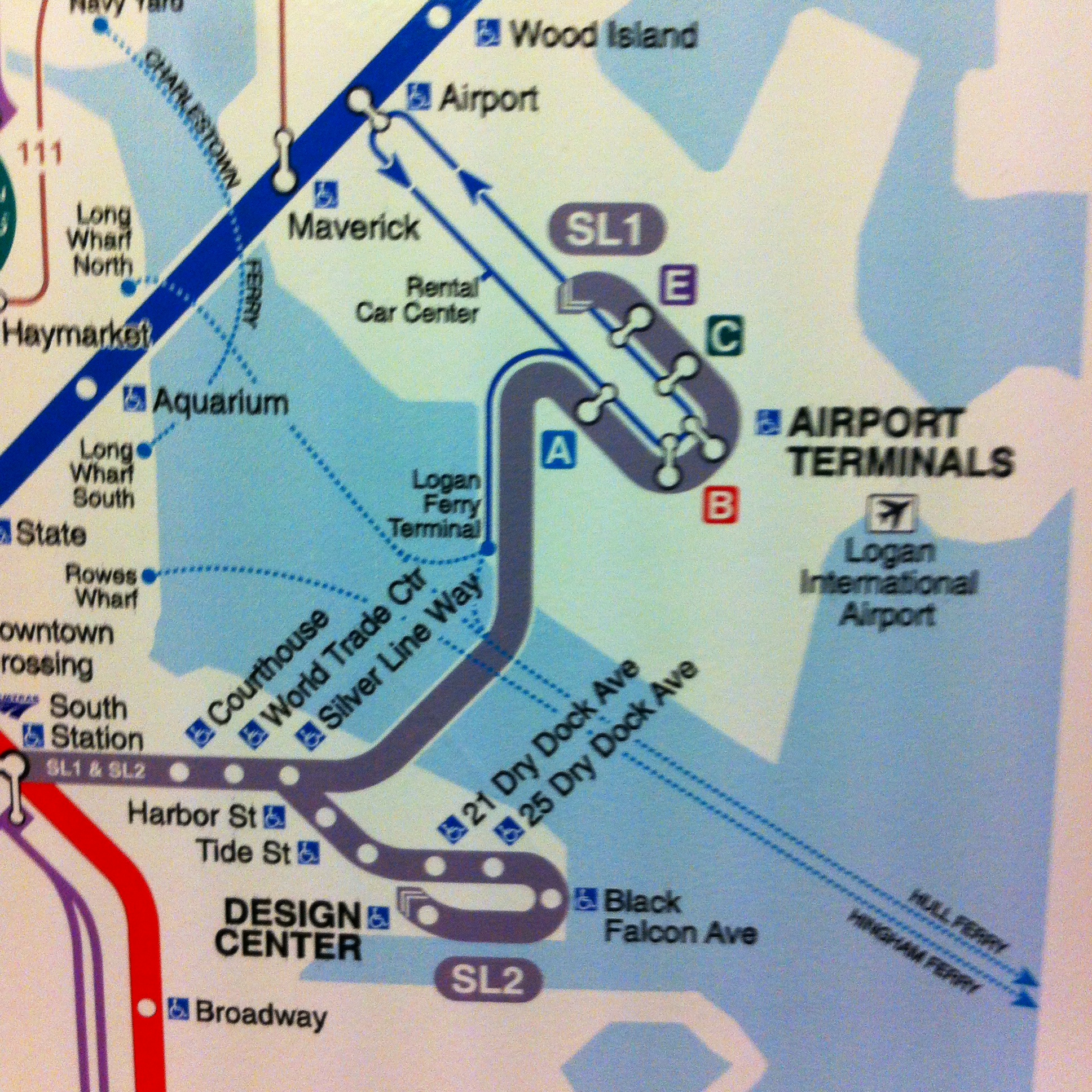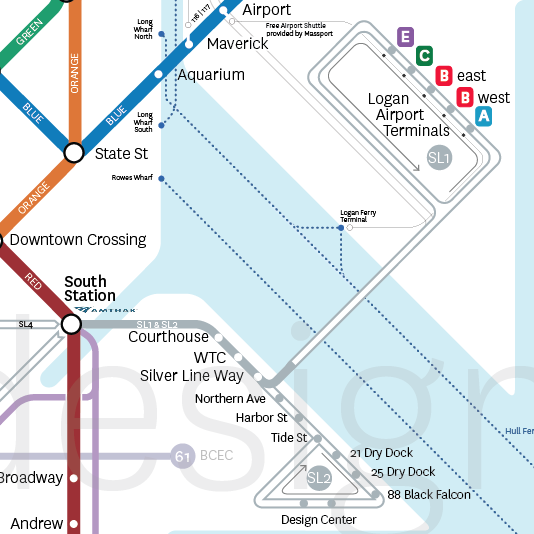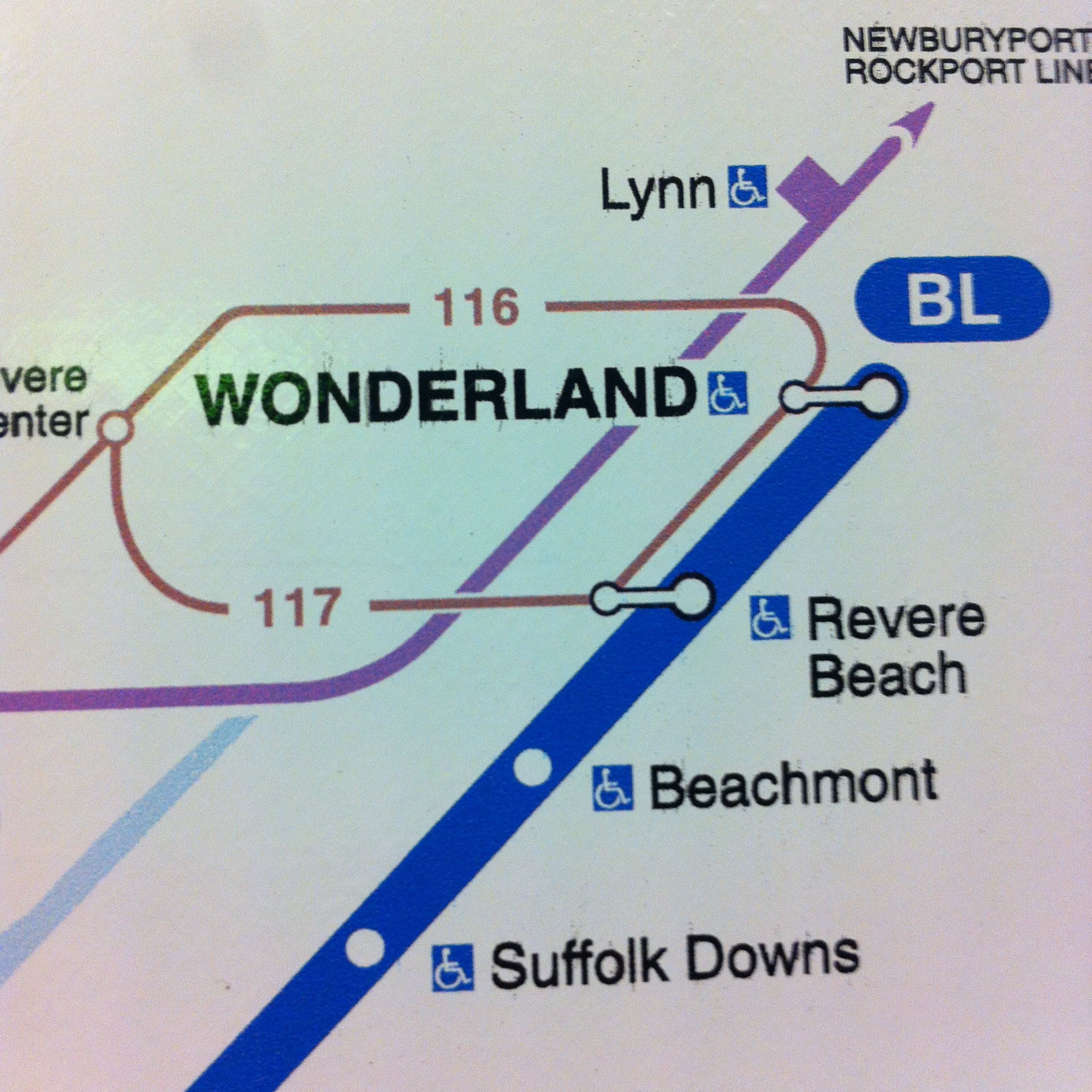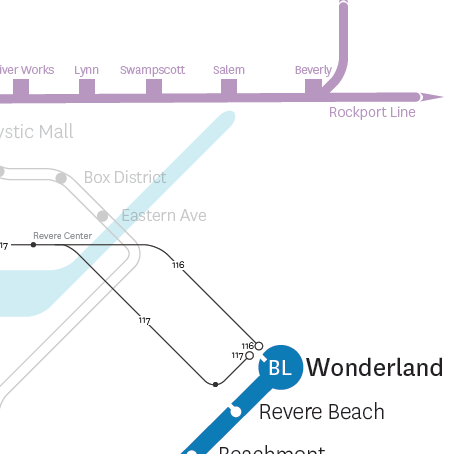Perhaps as a result of a long winter that’s still hanging on for dear life in Boston, I’ve had warm places on my mind recently. A phone call with a cousin who lives in LA prompted me to try to put into writing something I’ve been thinking about ever since my visit there two (warm, warm) summers ago. I recalled that as I planned my trip I would ask friends I was hoping to see where in LA where they lived, and their responses invariably came in relation to highways: “West of the 405, north of the 10”, “In the Valley, just off the 5”. I would usually have to ask "which Valley?" because LA has many and I quickly learned that “the Valley” means different things depending on where you live. When I finally got to LA it felt like I was in an episode of “The Californians”, Saturday Night Live’s parody soap opera about Angelinos who speak only in terms of major roads and highways. As I explored LA (I was determined to use only public transportation as a test of its efficacy), something bugged me about the way my friends and Angelinos writ large were speaking, and I slowly realized it was because of their use of one of English’s simplest words: the. That was it, they used “the” strangely. Never in my life had I heard people put our only definite article before a highway number, but they did it incessantly, not even questioning that one cannot have “the 405” because what is "a 405" anyway? I wondered what were the special conditions that could cause the city-state of LA County to collectively - and seemingly unwittingly - decide to speak this way and what does this say about the way they perceive and interact with their space.
Morning rush hour on "the 5" (Author's collection).
Angelino’s use of “the” has aggrandized highways into geography. Because of the way these megastructures dominate the city’s landscape and facilitate a complete ignorance of any existing natural geography they have become the only meaningful demarcation of space in LA. LA’s auto-centric culture means that for millions of Angelinos, highways are the only type of geography they interact with on a daily basis. Whereas other cities might define neighborhoods or regions by rivers, hills, or parks, when I asked if “East LA” meant east of the LA River, the most common response I received was “where’s the river?” Responses from more astute observers of the built landscape were varied. Depending on where they lived, East LA could mean east of the 405, east of Downtown, or east of the “insert-north-south-highway-number-here”. Even though the LA River effectively separates Downtown from everything east of it and “the 710” follows the River for much of its course, not once did someone say “east of the river”. Imagine if to define Cambridge from Boston one said “north of Storrow Drive” instead of “across the Charles” or to distinguish Manhattan from Brooklyn we said “on the other side of FDR Drive”. Even in places where roads are used as defining boundaries, “the” is rarely used. For example, Detroit is not defined as within “the 8 Mile”.
Including on- and off-ramps, Highway 405 cuts a 28-lane gash through Los Angeles. Soaring high in the air and creating a dark, empty space beneath it, the 405 easily provides a sufficiently vast urban chasm to encourage different types of development on either side of it. (Google Maps)
There are some crucial exceptions: when speaking about a highway as a noun, “the turnpike”, “the Beltway”, “le Peripherique”, our definite article is requisite because there is no other way to know which turnpike or because “inside Beltway” is terrbile grammar. In Boston one might say “take the Pike to 128”, but never “take the 90 to the 128” because frankly, you would sound stupid. Paris’s Peripherique is an extra special case, though. A bounding highway built over the original city walls, it borrows its modern role as a definer of space from its predecessor, and even today is seen as a great divide between wealthy, museum-esque inner Paris and its poorer, economically depressed suburbs, though efforts are in place to change this as part of the massive Grand Paris masterplan and a comprehensive approach to creating an inclusive transportation system.
Another important half-exception is one that I hinted at above. The one type of geography that Angelinos do seem to recognize, or at least reference, is “the Valley”. However, the idea of “the Valley” as a depression between two mountainous areas separated from another area is completely lost because highways make traveling through complicated terrain so easy and the confusion as to exactly which valley is the Valley suggest that Angelinos aren’t even sure what “the Valley” is or means. To most, the Valley is the San Fernando Valley, home of movie stars, mansions, and film studios, but in East LA (wherever that is), “the Valley” refers to the San Gabriel Valley named for the San Gabriel Mountains to the north and the San Gabriel River that flows through it. Even before the current drought, however, the river was little more than a linear patch of mud that few would have noticed while soaring over it on the 10 or alongside it on the 605. Every Angelino knows where the 110 is, but few could define the boundaries of “the Valley”.
The City of Los Angeles is a confusing and discontinuous jurisdiction within the patchwork of cities that make up LA County. (Google Maps)
So irrelevant are the natural, geographic defining lines of human space to Angelinos that armed with their “the’s” and highway numbers, they are frequently unaware of where the City of Los Angeles ends and another city like Manhattan Beach begins. When asked in my very informal survey, few could definitively decided whether or not Manhattan Beach was the same legal jurisdiction as Los Angeles. Urban sprawl has led to a complete erasure of even those boundaries set forth by man in policy and law books. All that remains as recognizable demarcation are the 8-, 12-, 16-, 20-lane car-rivers that fly like aqueducts 60, 80, 100, 120 feet in the air, causing tears in the urban fabric, shifts in street grids, and fluctuations in neighborhood economies that most elsewhere only geography has the power to do.
Left: Satellite view of the 110-105 Interchange, with Harbor Freeway Green and Silver Line Metro Station (Source: Google Maps). Right: The view of Downtown LA from the Harbor Freeway Metro station, located vertically amidst the massive Judge Harry Pregerson Interchange, which has ramps that soar to 120 feet. (Author's collection)
The way that highways disassociate us from the standard human scales of time and space is a well-documented phenomenon, but in Los Angeles we see what happens when highways are the only scale of time and space. The City, the County, the entire region in effect becomes tabula rasa regardless of existing built form under the crushing power of soaring highway pylons and massive cloverleaves. Los Angeles is the only place in the world, that I know of, where the labeling phenomenon of “the” has taken hold so firmly that where denizens of other cities might say “the mountains” or “the river”, Angelinos will say “the 110” and “the 405”. As our power to influence the built landscape at a massive scale increases, we must seriously question whether this lesson from LA shows that geography is replaceable if not replicable, and if so, what are the long-term consequences for a society that chooses this route? How can you know how much water is in the river if you don't even know where the river is?


















